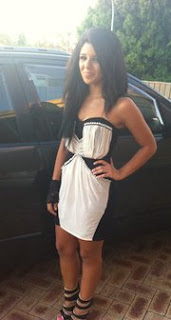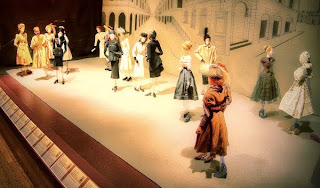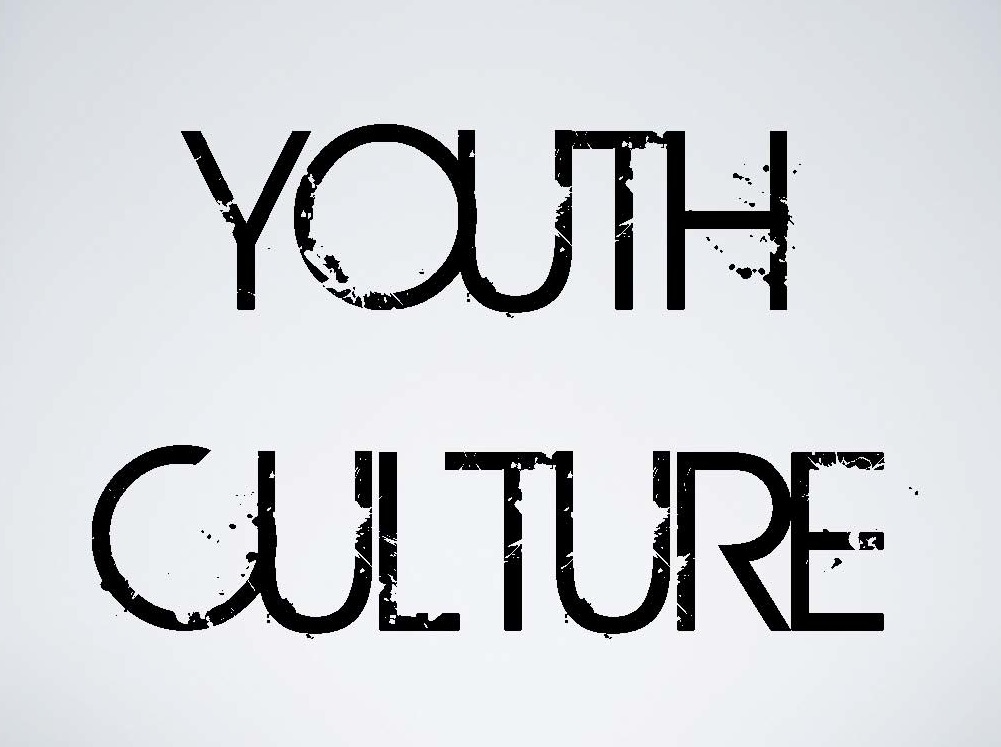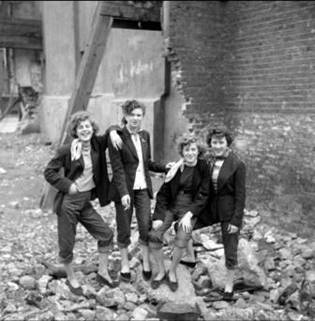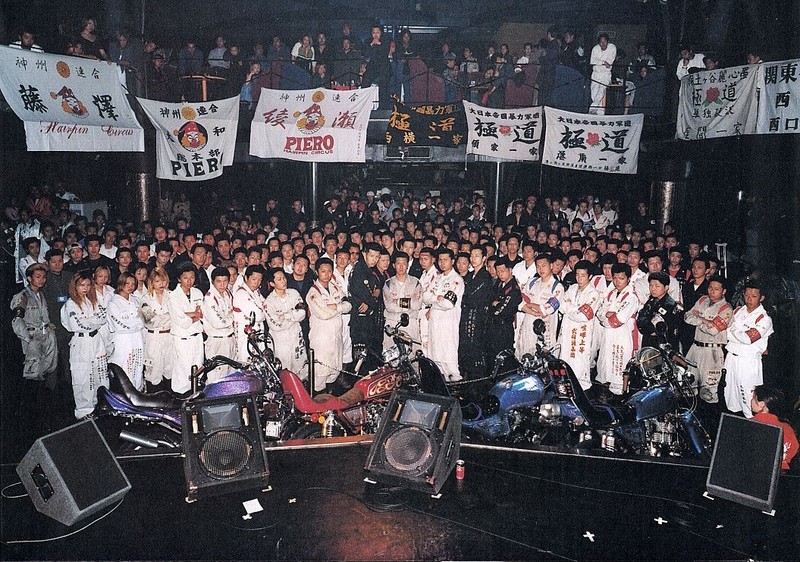In TAFE we were asked to choose a "Culture sign post" and how the media has influenced a trend in fashion. Our group chose to do 'Youth Culture'.
(Image from gbradford.wordpress.com)
Youth Culture: a group of young people considered to be a culture class or subculture, with their own distinct styles, behaviours and interests.
Media influences everything, media even influences fashion. So, what sort of Media influenced the trend of "Youth Culture"? What has appeared because of it (subcultures). In a group we made a list of what Media was the most popular each decade along with what subcultures emerged.
(on a side note from 1910's to the 1940's there was no real Youth Culture)
1910's - Mainly newspapers and magazines. After WW1 radio emerged as a new choice, this shaped public perception of the news.
1920's - Radio, newspapers, bulletins, advertising and music.
1930's - Radio, Film and the introduction of the television
1940's - Film, theatre, radio, newspaper. Further development of the television declined due to WW2. Notable youth subcultures would be
Zazou from France.
Hipsters first appeared
1950's - Television. Known as the decade of the "Golden age of Television". Rock and Roll emerged creating the "
Teddy boy" youth subculture in the UK. In Japan
bōsōzoku youth subculture was emerging based around motorcycle clubs and gangs.
Youths posing in a bomb site in England
(Photo from voicesofpostwarengland.wordpress.com)
bōsōzoku
(photo from rakoonia.wordpress.com)
1960's - Time of political, social, cultural and psychological change. Including the coverage of man on the moon's space race, civil rights issues, women's rights, student protests and TV coverage of the war in Vietnam. This was all reflected in the Media of the time such as TV, radio and advertising, with cinema being the most popular form of advertising of the time.
Mods and Rockers
(photo from www.guardian.co.uk)
Notable youth subcultures from the US and the UK were the
Mods, Rockers, Hippies, skin heads, the
Freak scene and the
Yippie. We also have the emergence of the
Rude boy from Jamaica. The beginning of the
hacker subculture in the US as well.
Hippies
(Photos from kingydesignhistory.blogspot.com)
Rude Boy
(Photo from www.stephenmalkmus.com)
1970's - Newspapers, Womens Magazines published by women, and film. (News) reporters took a stronger stance in uncovering news and revealing corruption of the government.
Punks
(Photo from germanhistorydocs.ghi-dc.org)
Glam rock
(Photo from demasiadoscolores.blogspot.com
The hippies, the mods and rocker subculture continued to grow and change. Hacker culture changed to be referred to as "
Geek culture" for a short period of time.
Glam rock became the alternative for the freak scene. Skin heads split into
Oi! (a punk youth based subculture) and
white power skin heads (a political white supremacist and anti-semitic group). At the height of the disco era, punk rock and heavy metal music became the alternative for youths, creating two more youth subcultures,
Punk and
Metalhead. In Japan
Lolita fashion emgered, as well as youth subculture
Gyaru/
Gyaruo.





